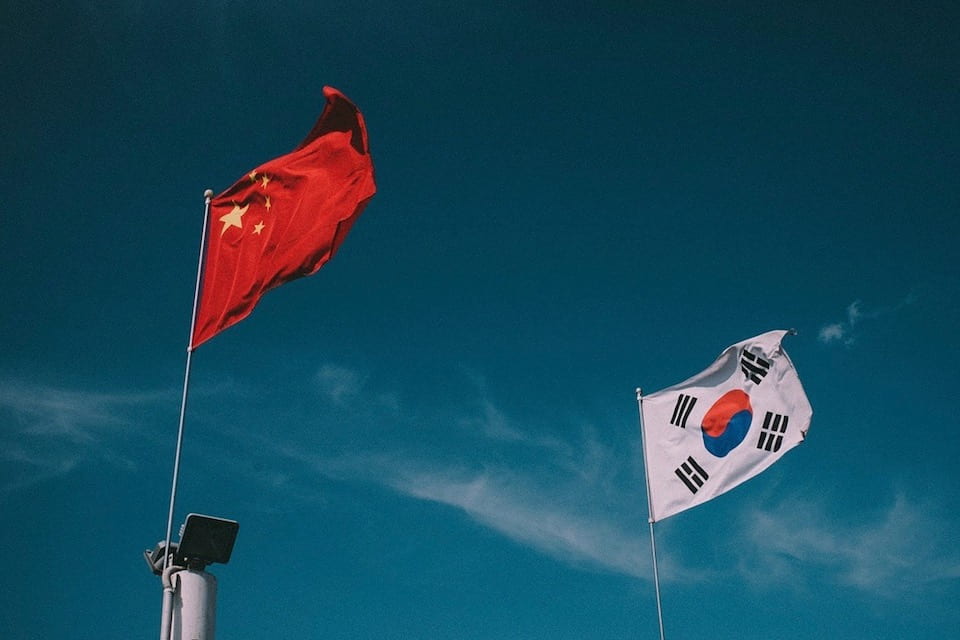The most sensational news to come out of President Moon Jae-in’s state visit to China this week is a reported incident of two South Korean photo journalists getting beat up by Chinese security guards while Moon was attending a trade event in Beijing Thursday morning. Grainy footage of suited men jostling and wrapping hands around each others’ necks was posted online. Seoul has expressed displeasure with the incident, and asked the Chinese government to reprimand those responsible.


